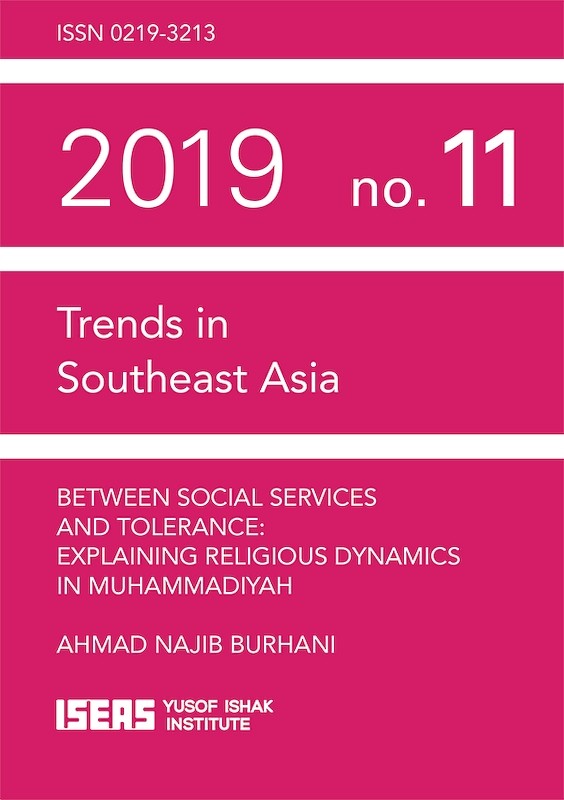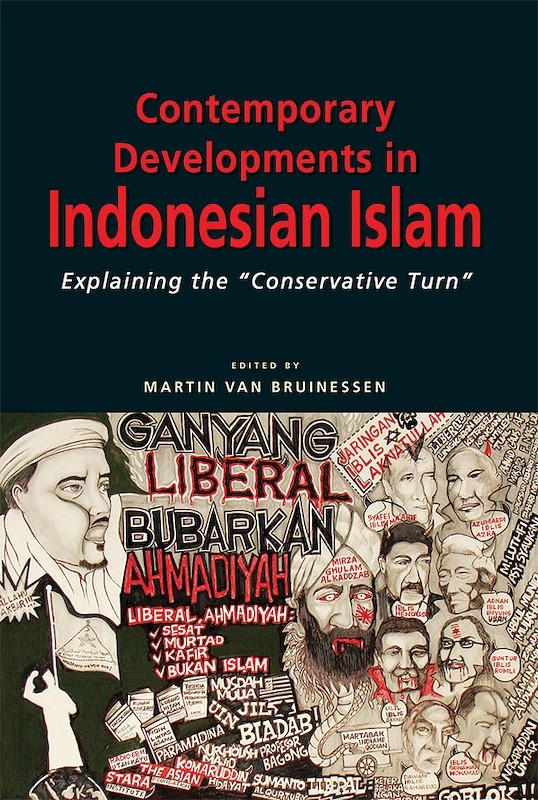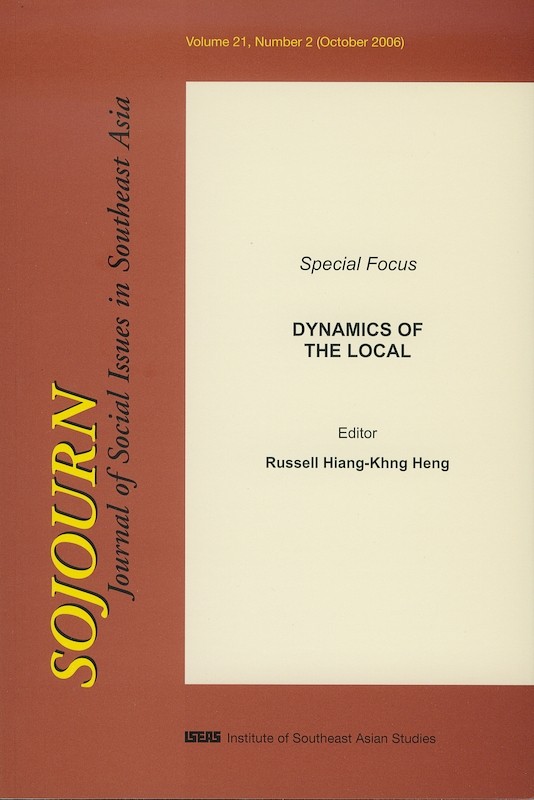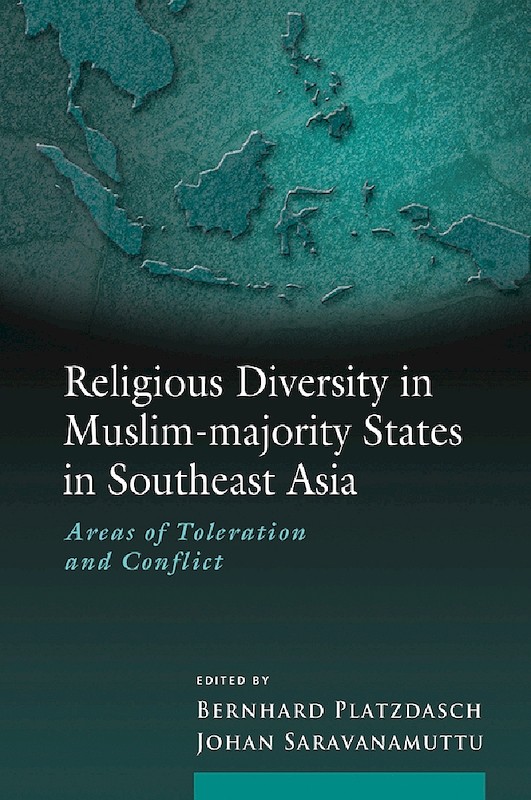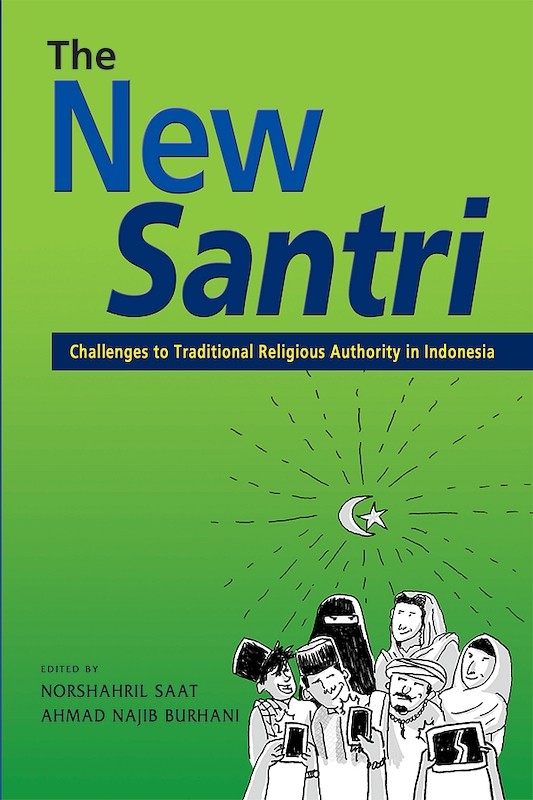The Crescent Arises over the Banyan Tree: A Study of the Muhammadiyah Movement in a Central Javanese Town, c.1910s-2010 (Second Enlarged Edition)
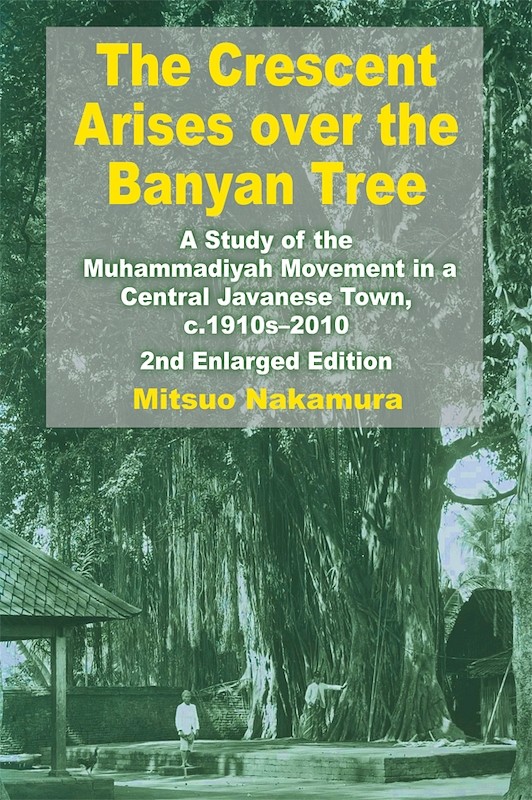
Mitsuo Nakamura, author
Date of publication:
2012
Publisher:
Institute of Southeast Asian Studies
Number of pages:
429
Code:
BM435
Soft Cover
ISBN: 9789814311915
Reviews
Daniel Andrew Birchok. Indonesia, Vol. 101 (April 2016). Cornell University.
"....Nakamura supplements this history with other materials such as basic economic data, descriptions of communal rituals, and broader discussions of Kotagede's changing political economy.
....Such an approach has many advantages, especially when paired with the work's micro-focus on Kotagede, a focus that Nakamura admiringly maintains throughout the enlarged edition. In the years before and since The Crescent Arises over the Banyan Tree was first published, there have been several influential ethnographers examining Islamic reformist sensibilities and ideologies in Indonesian villages and towns. Similarly, several political and intellectual histories discussing Islamic reformist intellectuals at the national and regional levels have been published. The Crescent Arises over the Banyan Tree is deeply engaged with these two well-established genres of academic literature about Indonesian Islam, but productively toes a line between them by utilising ethnographic and other qualitative methods to produce an intellectual and political history of Muhammadiyah at the village level. Given the importance of Kotagede in the broader history of Muhammadiyah, Nakamura is able to forward points that go beyond this limited scale, but his faithfulness to Kotagede and its people as the object of his study yields insights that otherwise might not be possible.
Nakamura's carefully collected life histories and interviews with multiple generations of Muhammadiyah activists allow him to reflect upon some of the ramifications of these transformations.
Readers of the new enlarged edition of The Crescent Arises over the Banyan Tree will undoubtedly notice other links between Nakamura's work and more recent scholarship, for example, work on the rise of Indonesia's Islamic professional and middle classes or new developments in Indonesian intellectual thought. Nakamura clearly suggests these links when, in reflecting upon the original monograph's significance, he states that it foreshadowed the "[e]mpirical as well as theoretical works on Islam in Indonesia [that] have mushroomed" since his generation (xxvii)."
Journal of Asian and African Studies
"This book is a major revision of its first edition by Mitsuo Nakamura to include the events which have taken place between its original publication and the present. In particular, a major theme is the relation between two tendencies: the area of more traditional cultural practices in Javanese society, symbolized by the 'Banyan Tree' of the title, and the modernist Islamic movement represented by the Muhammadiyah or 'Crescent' (which coexist, while containing considerable tensions and conflicts/oppositions). The new edition (2nd enlarged edition) is divided into Part I and Part II. Part II is new content based on fieldwork done by the author in the region since the publication of the first edition, that is regarding the changes which have taken place from 1972 up through 2010. As Merle Ricklefs points out in the Foreword to the second edition, the first edition has already received plaudits at the time of publication to the effect that it was a landmark work of quality at least equal to Clifford Geertz's The Religion of Java (if not even more significant than Geertz's work), which was immensely influential in Indonesia studies at that time.... it was for a long time effectively a 'hidden classic' known only to a select few. Given this situation, the publication of this second edition is not only a welcome event for many readers who have never encountered the first edition, but also a valuable chance for readers familiar with the first edition to learn a great deal, through the publication of this greatly expanded second edition, about the tremendous changes in status which have taken place since (up through 2010). Due to limited review space, the second edition cannot be discussed comprehensively here in specific detail, but this reviewer was particularly intrigued by the momentous changes of recent years which are described in Part II, and the unexpected conclusions to which some of them have come".About the publication
Part One of this book is based on ethnographic fieldwork conducted by the author during 1970-72 on a local branch of the Muhammadiyah in the town of Kotagede, a suburb of Yogyakarta, Indonesia. This work, first published in 1983, observed that the Muhammadiyah social and educational movement had reformed traditional Javanese Islam into a vital living faith and adapted Muslim life to modernity. The author was one of the first scholars who had noted that there was continuing Islamization in Indonesia and predicted its progress in the future. Part Two is based on the author's three decades of follow-up visits to the Kotagede from the 1970s to 2010. During this period, the Muhammadiyah movement made enormous advancements, enough to to make the town known as a "Muhammadiyah town". On the national level, the Muhammadiyah has grown to be the second largest Islamic civil society organization (after the traditionalist Nahdlatul Ulama) in Indonesia, with millions of members and supporters. Yet, the wider environment for it has been altered greatly by urbanization, diversification and globalization. It is also facing unprecedented challenges arising from calls for democratization in the post-Soeharto era. The longitudinal study in this volume depicts the most recent dynamics of the Muhammadiyah movement in a local as well as transhistoric context.
Contents
-
The Crescent Arises over the Banyan Tree: A Study of the Muhammadiyah Movement in a Central Javanese Town, c.1910s-2010 (Second Enlarged Edition)
[Whole Publication, ISBN: 9789814311861] -
Preliminary pages
- PART I: DEVELOPMENT OF THE MUHAMMADIYAH IN KOTAGEDE, c.1910s-1972
-
1. Introduction: The Islamization of Java
-
2. Kotagede under the Banyan Tree: Traditional Society and Religion
-
3. The Beginning of the Muhammadiyah: Court Religious Officials and the Urban Middle Class
-
4. The Development of the Muhammadiyah: Religion and Social Action
-
5. The Sociology of Ummat Islam: Structure and Anti-Structure
-
6. The Ideology of the Muhammadiyah: Tradition and Transformation
-
7. Conclusion: Re-Islamization of Java and Postscript to Part I
- PART II: KOTAGEDE REVISITED, 1972-2010
-
8. Social Changes in Kotagede, 1972-2010
-
9. The Achievements of the Muhammadiyah
-
10. Internal Dynamics of the Muhammadiyah Movement
-
11. Challenges Facing the Muhammadiyah
-
12. Festival Kotagede: Conflict and Integration
-
13. The May 2006 Earthquake and Reconstruction of Kotagede
-
14. Concluding Remarks: Future of the Muhammadiyah and Postscript to Part II
-
Bibliography
-
Glossary
-
Appendices
-
Index
-
About the Author

